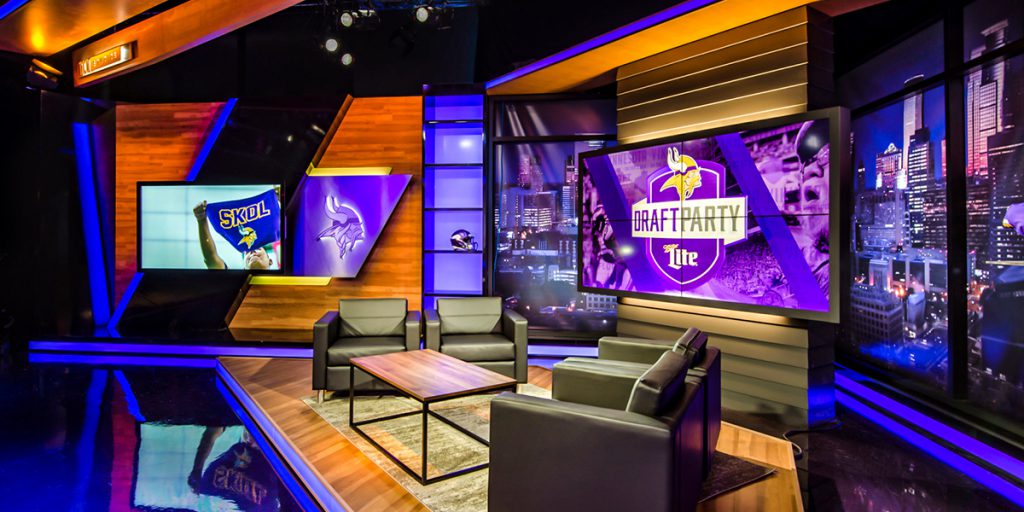Mike Grabowski: The Camera Is The Audience
Posted on August 7, 2018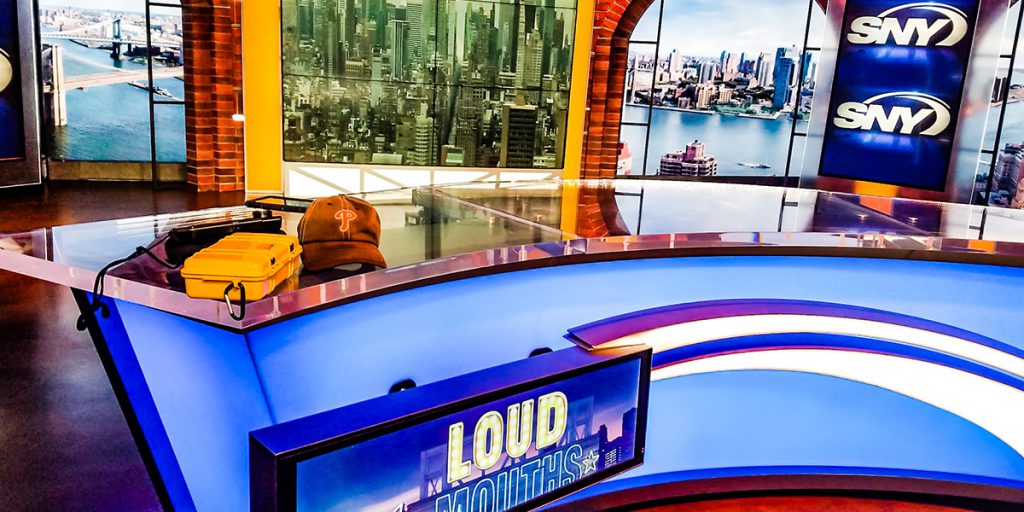
His work for MTV, CNN, MSNBC and other networks is seen by millions, but when he designs, Mike Grabowski has a smaller audience in mind: the cameras in the broadcast studio. Senior Designer for The Lighting Design Group, Grabowski begins his design process by thinking of how his work will look on camera. Collaborating closely with the video engineer/shader he refines his lighting to conform to what he calls “the visual language of the broadcast.”
Although it may begin with camera considerations, Grabowski’s method of broadcast lighting design certainly doesn’t end there. As much as he’s conscious of the camera, he never forgets that, to one degree or another, every broadcast is also a live event at the moment it is being taped. With this in mind, he works to ensure that his lighting not only looks good to the talent on the set and to any live audience, but also conveys a sense of realism and warmth to the audience at home. The best broadcast lighting, as he is quick to point out, gives a room a sense of life that’s palpable even to those watching on a screen miles and miles away.
Speaking to us from his New York office, Grabowski shared his insights about lighting for the camera to reach a larger audience.
Aside from its obvious function of lighting talent, what role does lighting play in creating a good environment in a broadcast studio?
“One of the biggest misnomers I encounter is that lighting is lighting. Whether we as designers are trying to breathe a little air into a theatrical environment, an event or a broadcast studio, I feel like the mission is the same: try to give life and environment to the room. The difference is that as a broadcast designer, my audience is primarily the camera. That said, it’s an interesting balance. There has to be a sensitivity to the audience’s experience—otherwise we may not get the same reaction out of them that production is looking for. Camera is always the priority, but realizing you are presenting a live event experience for the hosts, guests, and potentially the audience is hugely important.”
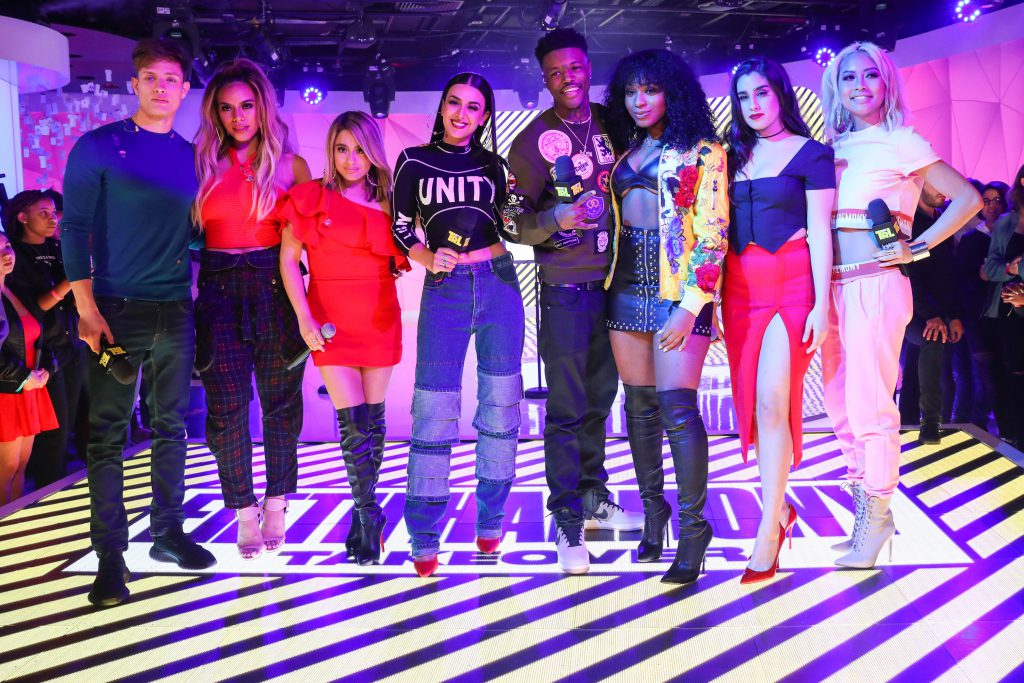
Zach Dilgard/MTV
More people are watching videos on their own today on their cell phones and YouTube, does this impact the way television studio sets are designed, and if so how does that affect your work as a lighting designer?
“Contrast is and has always been important, but I think it’s even more so now. I think a big part of what we’re doing is asking where the primary audience is intended—if it’s broadcast television, the rules are pretty much what they’ve always been. However, if it’s web content, things are a bit different. The biggest difference that you have to take into consideration is that phones make images VERY ‘contrasty.’
“People are accustomed to looking at bright and saturated images on their phones. So, I may have to make specific tweaks if my lighting is geared for web only. Honestly, the biggest consideration – and I’ve had this conversation with countless directors and production designers – revolves around the framing of shots. We have to compose shots differently for the various web aspect ratios. The prevalence of Instagram, which requires that shots be framed for square aspect ratios – with important things kept in center aspect ratio — changes the way we design, or at least it forces us to be more conscious of this consideration.”
What impact has the development of HD cameras had on your work?
“It’s not just HD cameras, but all cameras. I came up in the industry in the last years of SD cams, and saw HD cameras grow. Every year, it meant cameras got faster (allowing in more light). This meant that as I designer, I didn’t need to make it as bright in the room. Honestly, any lighting designer who wants to get into broadcast work today should really learn cameras and realize that what we do as lighting designers is only half of the job. The video engineer/shader is as important as I am in dictating the visual language of the broadcast. They work with me to set the iris, paint the cameras, and make my lighting look the best it can. Knowing how to communicate with them in a competent way is essential.”
How about set designers? Any advice on collaborating with them?
“Chat with them. We’re all working towards a unified vision. Especially with the integration of LED elements into sets, it’s even more vital to have those conversations early and often. Making sure there is adequate control in light boxes is huge. One really pretty effect used at SNY and NY1 is a very particular layout that lets us get super pretty and subtle ombres. Also, having conversations about anticipated unit choices is huge—they can have glorious floor to ceiling set designs, but if both of you aren’t willing to talk and converse, important details may get lost behind lights. Walk into a conversation with them with the mindset that this is a collaborative exercise. I can help them, they can help me, and we can both help realize the overall vision for the production.”
Compared to a few years ago, more newscasters are sitting in front of a video wall when they read the news. How does this affect how you light them?
“It varies, but it’s a technical consideration. It means knowing about the associated technology. For example, if it’s a LED wall, knowing at what particular DOF you are going to see is hugely important. Or, if it’s a television, you have to know if it can be color corrected or if my rig needs to be balanced to it. Most monitors are good enough these days that it’s not a huge deal. I remember during the advent of flat screens when they didn’t have a huge range and my team and I having to apply CTO Windowgrip to the screens. I don’t miss that!”
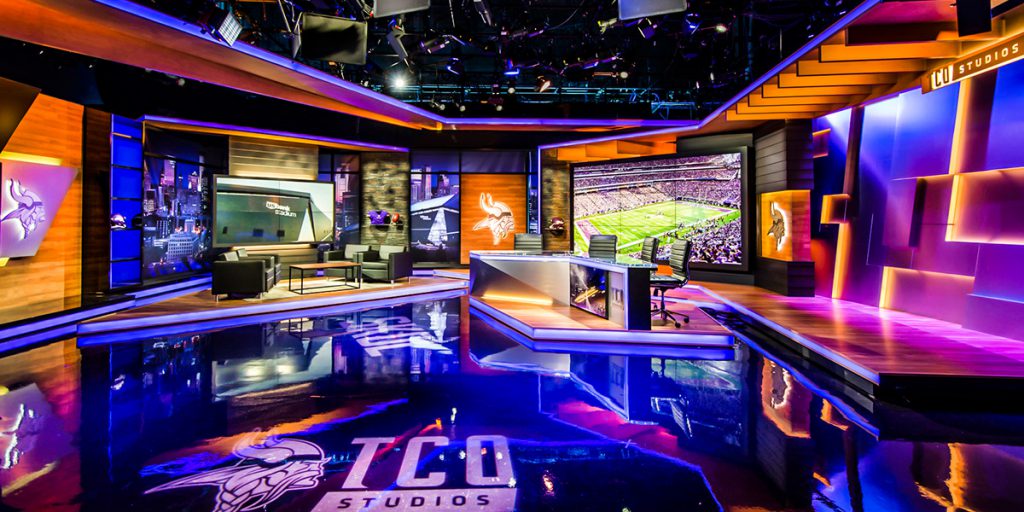
Does it change the way you design when you do lighting for the MTV TRL studio where there are a lot of people moving on the set, as opposed to a newsroom where things are more scripted?
“To cop a football analogy, it’s the difference between ‘Man Coverage’ and ‘Zone Coverage’. With a news broadcast, things tend to be more tightly controlled. So, while I’m a big advocate of preparing for all contingencies, this planning doesn’t need to be as extensive on a news set. On the other hand, TRL AM (the current iteration of TRL) is somewhere in the middle, between a newsroom and a totally spontaneous set. MTV Mainstay, Sway, hosts most of the interviews from some comfy chairs. That said, I know our guests. Some of them are going to get up, wander around, see what’s on our shelves. I need more focus zooms and the ability to be nimble in those scenarios.”
You used eye candy effects on MTV. Is eye candy becoming more common in newsroom?
“Subtle bits of candy have always been there. I think you see it becoming more and more common a choice as shows need to feel that they need more sizzle. Plus, for me, it’s a level of detail that is important to suggest that you’ve thought about the composition as a whole. SNY is a good example. It’s not HARD NEWS, and can be a little playful. Lou and the directing team will occasionally do these nice wider low shots and show off the whole room.
“Eye candy, used in the right way can be utilized in the same way as theatrical masking. I recently did a job on ‘Everyday Racism in America’ for MSNBC in a theatre in Philly. Exposing all of the electrics, tipping up the lights a tad, made for a much subtler version of what people think of when they hear the term ‘eye candy,’ but it was no less effective. It gave a sense of setting, filled in the composition on the wide shots a bit, and masked some things we didn’t want the viewer at home to see.”
We’ve seen you make excellent use of gobos in your projects. What do you see as the role of gobos in broadcast lighting?
“Gobos and texture play a big role in design for me. Television is fundamentally a two-dimensional medium (alright, except for the occasional 3D show). My job is to help translate what we have happening in that room, on that stage, or in that studio and translate the best version of it out to the viewers at home. To that end, a particular surface or wall may look wonderfully textural and rich in person, but it may just not translate on camera. This is where I try to subtly utilize gobos. To exaggerate texture to help it look like the best version of itself.”
What are the important things to consider when balancing lighting of the talent with lighting of set in the background?
“In my view, everything, in every design discipline fundamentally comes down to balance and contrast. This is the key when considering talent lighting versus background. Whether that contrast comes in color, or luminescence, or setting the balance deliberately asymmetrical, it’s the same questions you would normally ask yourself. The biggest difference I have is that I need to make those choices when viewed through a camera. It also means a collaboration with the video engineer, since they can play a vital roll in this. They can adjust the white values, the black levels, and everything in between. Sometimes, finding that contrast is with their help, a bit of scenery, or a lighting adjustment. It’s deeply collaborative, and takes a fair bit to make that happen.”
Wide shots in news broadcasts are something we see more of today. How does this affect the way you design?
“Wide shots have always been a huge part of entertainment broadcasts, and that’s where my foundation is. It’s always a big consideration in the design and implementation. Ariel composition is hugely important, but you have to realize that it’s only PART of the show. In my view, it’s easy to get lost in them. I think this is a concern of designers in every discipline—you can’t look at the macro at the sacrifice of the micro, and vice versa. It’s interesting to see wide shots becoming more utilized in news broadcasts, and to me that is even harder to make those work. In news broadcasts, you typically have a relatively restrained aesthetic, so finding the middle ground and building for their particular aesthetic is important without stomping on it.”
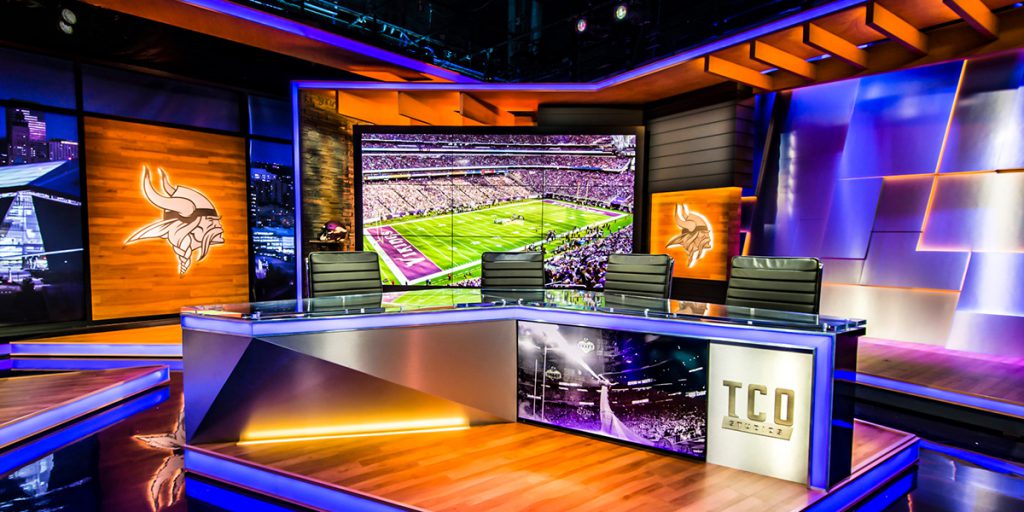
Are there special factors that you have to consider when using ellipsoidals as opposed to other key lights?
“For a long while, ellipsoidals have been a fairly standard brush for a key light. Ellipsoidals allow for a level of control that is harder to get out of a Fresnel, without a lot of flags and finesse. When you have a low ceiling, tight quarters, a solid ellipsoidal is the right light. I still utilized a bevy of more wash style units for fills where I needed a softer field, to spackle in and give zones and fills.”
What role do you see Fresnels playing as opposed to ellipsoidals in your designs?
“Fresnels are a weird thing for me at the moment. I tend towards LED ‘brick style lights’ as my fill lights. There are several good LED Fresnels out there on the market, but a lot of my jobs are one-offs. This means a lot of what I do is dictated by what is available in rental inventory. LED Bricks are very available and plenty punchy, so they are a very useful resource.”
Is there an ideal color temperature for broadcast lighting?
“This is another thing that varies wildly from production to production. It depends on what you need the most faithfully reproduced. If I have a predominantly blue set, and need the blue range to have the most dynamic availability, I’ll shift to a warmer temp for keys and ‘white’ light. Same thing goes the other way. If there are windows, projector LED screens, it really depends on how you want to compose the image. Color temp is a tool and not necessarily an ‘ideal’. Part of what is hugely important is knowing WHAT it is, and how to utilize it as a design advantage.”
Any overall advice on broadcast lighting?
“I think and hope some designers take an opportunity to step back from gear a bit. Some folks I chat with get so in their own head about using the latest and the greatest that they miss what the most effective is. It’s something that was beaten into me while I was in school ‘Right Light, Right Place’. It doesn’t need to be bleeding edge gear. It just needs to be the right gear — or your plan has to be able to adapt and change the wrong gear into the right gear. Sometimes that means thinking unconventionally and being a problem solver.”
What do you personally like about broadcast lighting?
“I really do enjoy working in broadcast for 15 years and it’s led to some wild and crazy collaborations. There is one show that is just entering its 5th season that for the first 4 was lit primarily with clip light housings and 105W CFL bulbs. Another show needed a little twinkle in the background so it had little single diode LEDs in a clothespin with a battery. Heck, I had a reunion show a few weeks ago that was in a soundstage in Atlanta with a replica Ferris wheel, 30 or so real trees all over, around 40 cast members, and it had just 2 build days, a rehearsal tweak day, a shoot day and it was gone. That speed and building a rad collaborative project makes this end of things super rad.”
